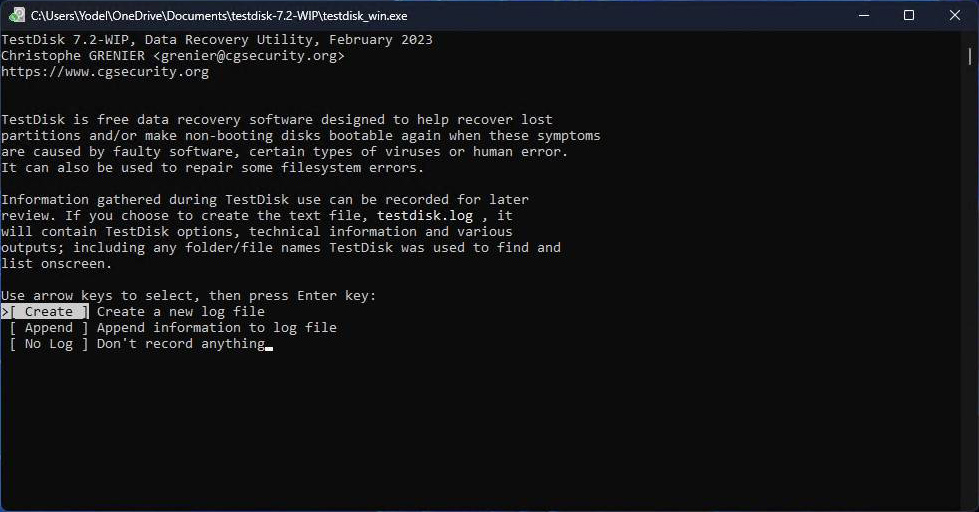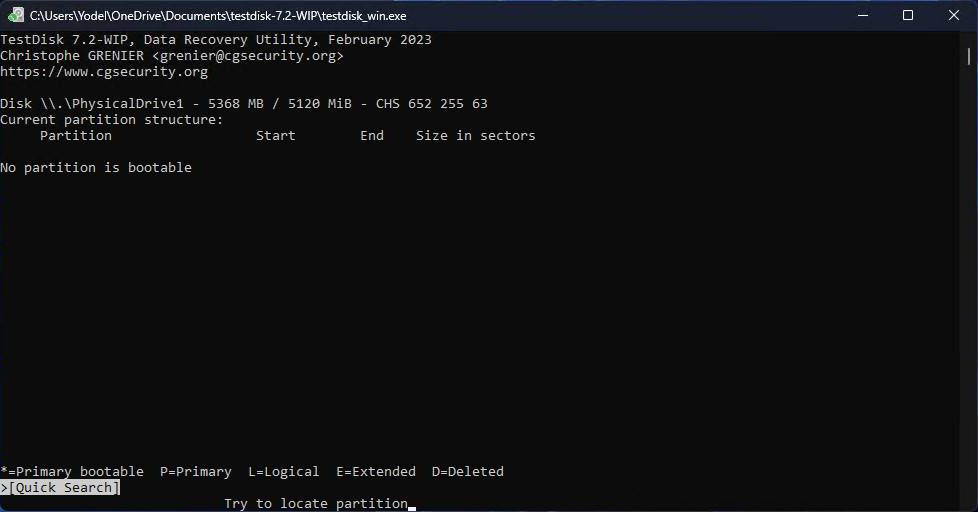 After connecting your USB flash drive to your computer, you’re met with a message that states it needs to be formatted before you can use it. This will come as a surprise, as you’ve been using the thumb drive like normal up until this point. So, what has changed and what should you do?
After connecting your USB flash drive to your computer, you’re met with a message that states it needs to be formatted before you can use it. This will come as a surprise, as you’ve been using the thumb drive like normal up until this point. So, what has changed and what should you do?
In this article, we’ll discuss why this message appears and how to recover data from a flash drive that needs to be formatted so you don’t have to lose everything.
Why Your Computer Suggests Formatting Your USB
This message appears when the file system on your flash drive has been corrupted or damaged to the point where it’s no longer readable by your system. As a result, Windows automatically says the USB needs to be formatted in order to repair it. The below issues can trigger the flash drive asking to format.
| Issue | Description |
| 📁 File system corruption | If the file system on your USB becomes corrupted, Windows will not know how to navigate it and access your data. Therefore, it will suggest formatting it to repair it. |
| ❌ Compatibility issue | USB drives using a file system that isn’t supported by your operating system will cause the operating system to recommend formatting the device. |
| 💥 Physical damage | Physical damage that has caused harm to internal components can result in the USB acting erratically, such as asking to be formatted. |
| 🗃️ Missing file system | If your USB drive is not formatted with a file system, your operating system will suggest formatting the USB with a working file system to allow writing data. |
The problem is that formatting your flash drive will delete everything on it. Therefore, before you format it, you should first get your data from the USB. This next section will discuss what you need to do to recover data from a flash drive that needs to be formatted.
How to Recover Files From a Flash Drive That Needs to Be Formatted
A USB drive that says it needs to be formatted will still have your data on it. Before you can use it, however, you must recover it. Even though Windows wants to format the USB drive, you can move past this message and retrieve your data using the data recovery tool Disk Drill. It will scan your flash drive for recoverable data, then give you the option to either pick and choose what data to recover, or to recover it all.
The instructions below will give you an understanding of how to recover files from a flash drive that needs to be formatted.
- Connect your USB to your computer. When you’re prompted to format the drive, click Cancel instead.
- Download and install Disk Drill to your computer. Open it when ready.

- Select your flash drive from the list of devices, then click Search for lost data.

- Click Review found items once Disk Drill has finished scanning your flash drive.

- Mark the files you want to recover. Take note of your success rate using the Recovery chances column, and preview the necessary files by double-clicking on them. When ready, click Recover.

- Select where you want to save the files. Make sure they’re not being saved to the same flash drive you’re recovering from to avoid corruption.

Once the files are recovered, Disk Drill will show you the results of the recovery process and provide you with a shortcut to go straight to the folder you chose for recovery.
How to Fix a Flash Drive That Says It Needs to Be Formatted
You can fix a flash drive that’s asking to be formatted using a free and open-source recovery tool called TestDisk. It can do so by fixing the underlying damage that has been caused to your file system. Doing so will also restore access to your data (but we recommend recovering your data using a separate tool before using TestDisk to avoid causing further damage if something happens during the repair process).
TestDisk does not have a graphical user interface. Instead, it uses a CMD window that guides you through each step. We’ve provided a walkthrough below, but you can also refer to the official documentation if you need something more comprehensive.
Follow these steps to fix the flash drive using TestDisk:
- Download and extract TestDisk. Open testdisk_win.
- Press Enter to create a new log file.

- Highlight the USB using the up and down arrow keys, then press Enter.

- Select the partition table type your USB drive is using then press Enter.

- Press Enter to analyze the current partition structure of your USB.

- Press Enter to begin the quick search.

- Press Enter to continue.

- Select your lost partition. If your partition is not there, you may need to perform a deeper search. Additionally, you may need to change the characteristic from D (Deleted) to P (Primary) using the left and right arrow keys. When ready, press Enter.

- Select the Write option, then press Enter.

- Press Y to confirm.
Tips for Taking Care of Your Flash Drive
While sometimes issues like this are unavoidable, there are tips you can keep in mind when handling your flash drive to reduce the chances of the file system becoming corrupted or damaged.
- ⏏ Eject safely– As we mentioned earlier, simply disconnecting your flash drive can lead to corruption. Always eject the device safely to avoid interrupting write processes.
- 📦 Store it properly– Find a safe place to store your flash drive when it’s not in use. Constant exposure to rough environments can take a physical toll on the flash drive and reduce its overall lifespan.
- 👍 Use antivirus software – When downloading files to your computer or flash drive, make sure you’re using an antivirus program that can scan the files for potential threats. If malware is detected, your antivirus will quarantine it to safeguard your data.
By actively caring for your flash drive, you benefit from a longer lifespan and reduce the risk of performance degradation.
Conclusion
Even if your flash drive is asking to format, it doesn’t mean your USB drive needs to be formatted immediately. Instead, before jumping straight into the repair process, you can take the time to retrieve your data using data recovery tools. This gives you the opportunity to save your data before formatting the flash drive to be used again.
FAQ:
- Connect your device to another computer to see if the issue is isolated.
- Scan for potential virus/malware infections.
- Use the Scan and Repair tool for Windows by opening CMD as an Administrator and entering “SFC /scannow.”
- Use the CHKDSK utility on Windows by opening CMD as an Administrator and entering “chkdsk N: /r /x,” where N is the letter of your USB drive.
- Use data recovery software to recover files if necessary. Then, format the drive.
- The USB drive is new
- The USB drive has file system errors that can’t be fixed by other tools
- You need to change the file system of your storage device
- The USB drive is infected with a virus/malware, and antivirus tools did not resolve the issue




